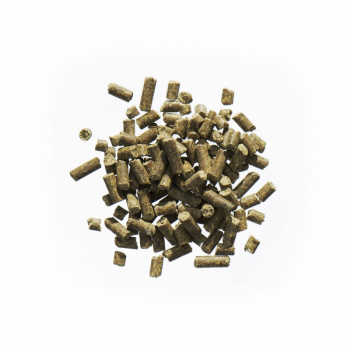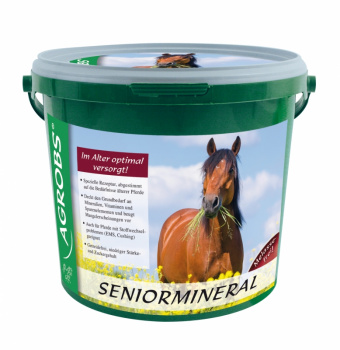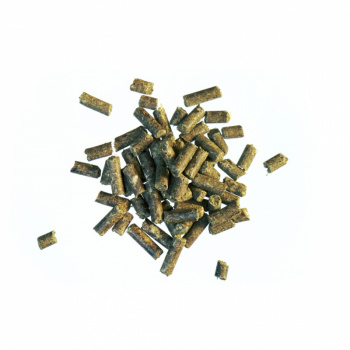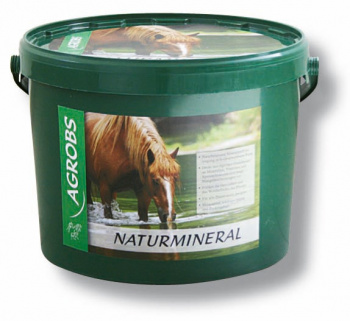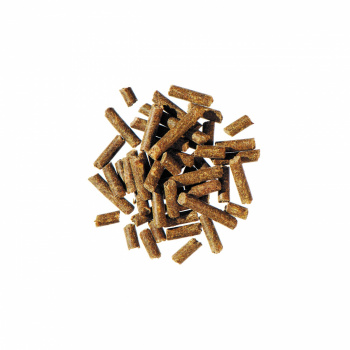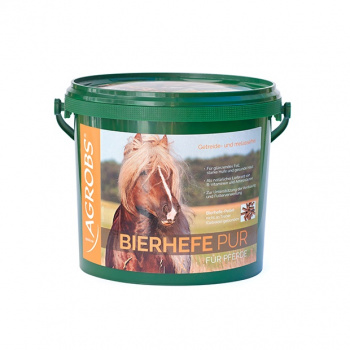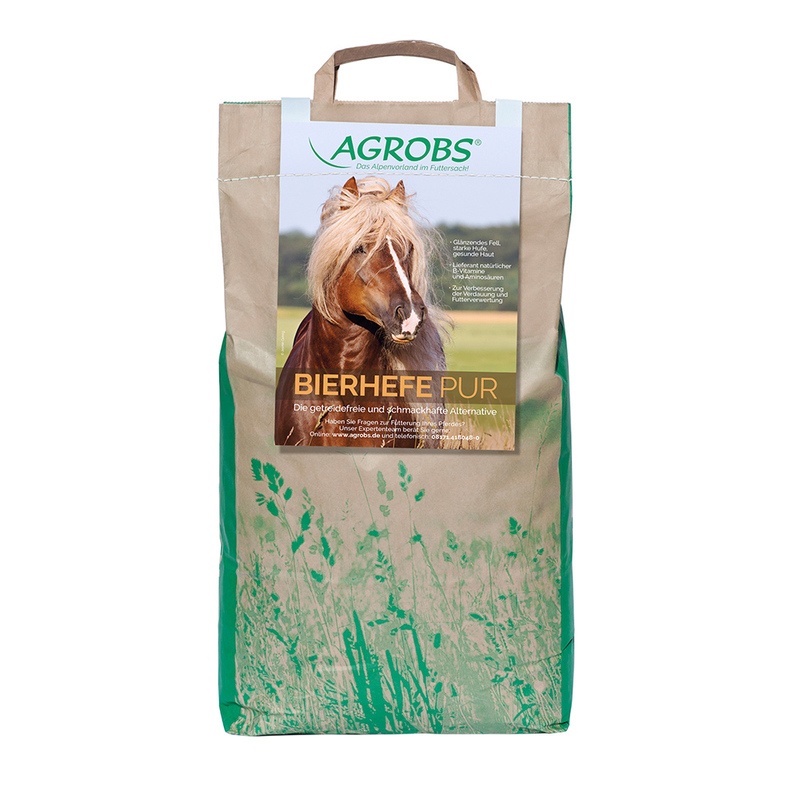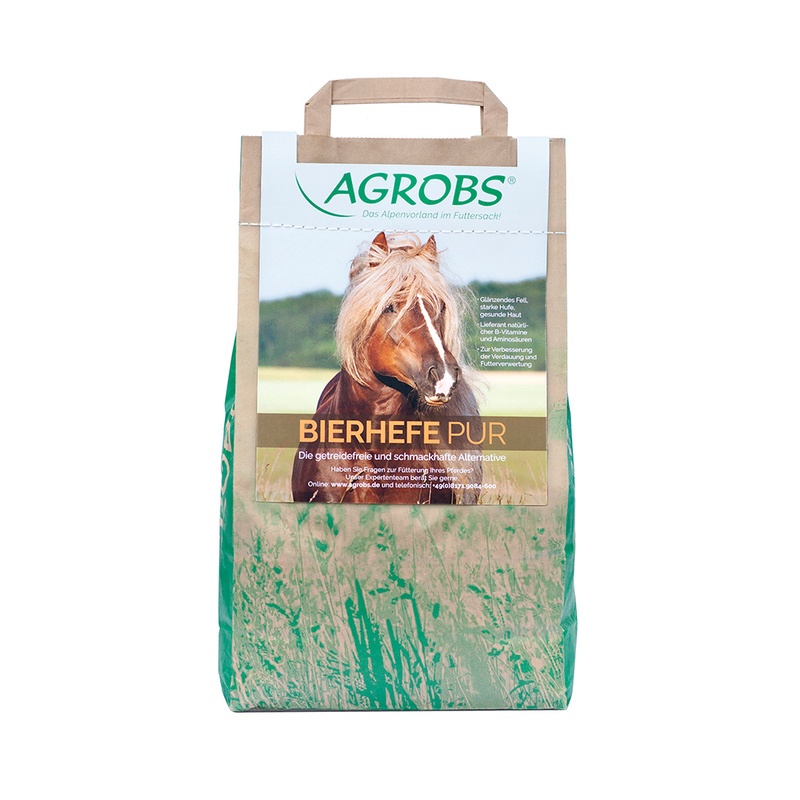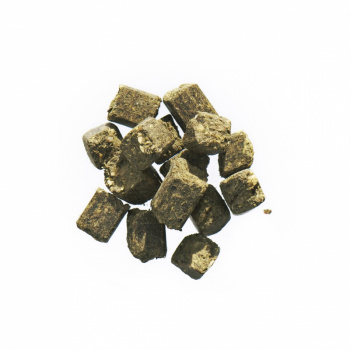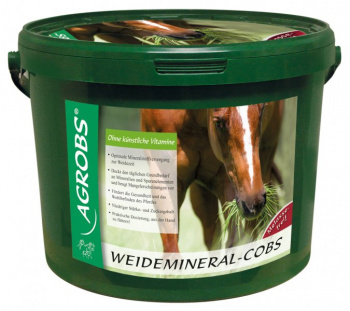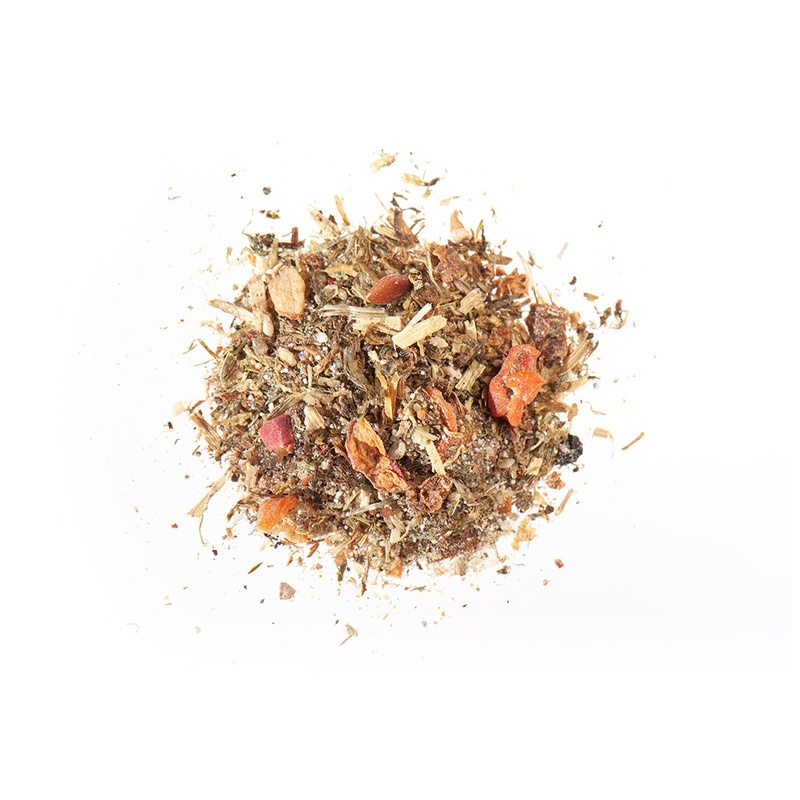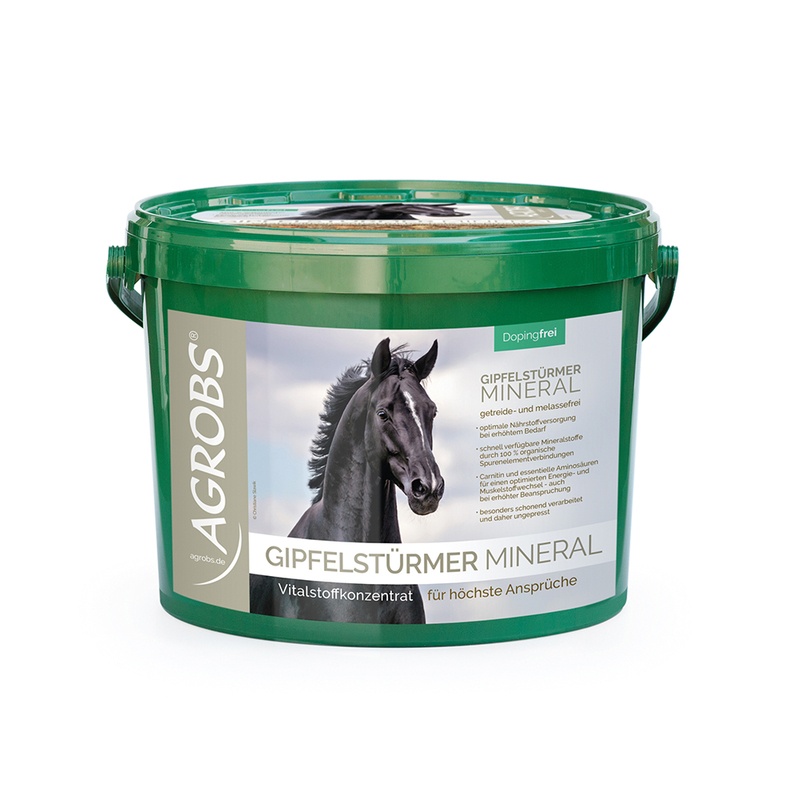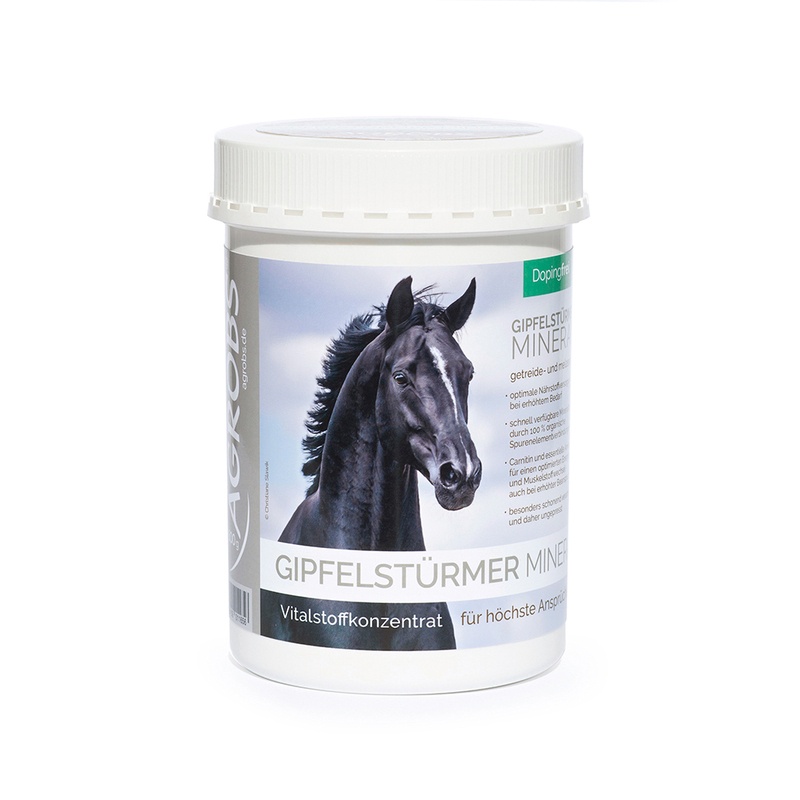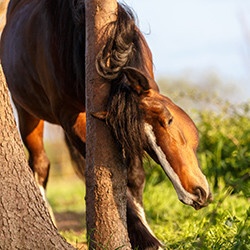
Sweet Itch – An Allergic Skin Reaction
Warmer temperatures in March herald the arrival of the mosquito season – and for some horses, unbearable itching. They might have sweet itch, but what does that mean for horse owners?What is sweet itch?
Sweet itch is a seasonal hypersensitive inflammatory skin reaction (dermatitis) in horses. It is the most common skin allergy seen in horses. It is mainly caused by culicoides, a genus of biting midges or, more precisely, by proteins in the saliva of these insects.It affects a variety of horses, whereby the frequency of illness lies between 3% and 60%, depending on breed and particularly on the distribution of the mosquito species. Icelandic horses, which are imported from their homeland to areas where mosquitoes thrive, are particularly susceptible. The reason given is that the midges found on Iceland are non-native and so the horses do not develop an immune tolerance to the mosquito saliva whilst still young.
Allergic reactions from sweet itch are classified as either Type I or Type IV. Type I is an immediate reaction. Following an initial contact with the saliva of the insect, further contact will cause release of inflammatory mediators (e.g. histamine), which then trigger a local inflammatory reaction within seconds or minutes. In Type IV – delayed hypersensitivity – the immigration of inflammatory cells (e.g. lymphocytes) into the tissue triggers an inflammatory reaction any from 12 to 72 hours after contact.
Symptoms include itching and the associated bald or chafed areas as well as changes to the skin such as swelling and inflammations. The crest of the neck, dock, and linea alba are usually the first places to be affected, as midges prefer to dwell in these areas. The symptoms are seen primarily between early March and late October. The increasingly milder winters mean that some horses show symptoms almost year round.
The occurrence and expression of sweet itch can depend on various factors, for example environmental influences, genetic predisposition, frequency of contact with midges, and the immune response of the individual horse.
Diagnosis
A reliable, specific and easy diagnosis of sweet itch is difficult, even today. The clinical symptoms, together with seasonality, naturally offer a first indication. Nevertheless, additional parameters are needed before determining if the animal is suffering from an allergic reaction from midges.One option is to take a biopsy of the affected skin for examination. The problem here, however, is that this will only determine the occurrence of an allergic reaction, but not which allergen is responsible.
Another option is an intradermal test, which is also used in human medicine. This involves injecting a small amount of an allergen extract into the horse’s skin and then waiting for the appearance of wheals, redness, or swelling. To date, numerous studies have been conducted on this type of diagnosis, but results have varied. The reliable use of this test method is therefore a matter of debate.
There are also non-invasive diagnostic methods that only require a blood sample, for example for the the detection of immunoglobulin E antibodies. However, in human medicine, this type of allergy test is considered insufficient, and many studies on equine application point to its shortcomings in the certain diagnosis of sweet itch.
Another test method measures the histamine concentration in the blood after contact with the allergen. A high concentration indicates Type I hypersensitivity. In this specific case, sweet itch can be determined when the allergen of the midges is linked to the blood.
Widely used, and useful due to its high precision in diagnosing increased disposition to allergies in horses, is the cellular antigen stimulation test, aka CAST. It should be noted that this test comes with a certain margin of error and that sweet itch cannot be detected 100% of the time. Moreover, results do not necessarily correlate with the extent of the clinical picture.
Treatment
There is currently no “cure” for sweet itch, nor a uniform treatment that guarantees success.Most often, attempts are made to minimize the horses’ exposure to the allergen’s carriers, i.e., mosquitoes. Horses with sweet itch should be kept in areas that have fewer mosquitoes and away from standing water. Turnout is best done at times other than twilight. Aids such as sweet itch rugs, fly masks, and various repellents may prove useful.
Treating the symptoms particularly involves relieving the itch and tending to open wounds. Antihistamines or cortisone are also sometimes use to suppress an immune response. However, as these preparations may cause various side effects, they should be used for treatment only during acute phases and not for long-term therapy.
To achieve hyposensitisation, it is necessary to identify the exact allergens in the midges’ saliva – the list of proteins in the saliva runs to 27. Such identification allows for more precise treatment and research has begun into preventive as well as curative hyposensitisation. This involves a distinction between hyposensitisation before initial contact with the midges and hyposensitisation after contact has occurred. Research and testing are being done on different types of vaccination and oral absorption of the allergens via the oral mucosa.
Sweet itch and diet
To avoid putting extra strain on the equine metabolism, it is important that a horse’s diet covers its nutritional needs. Important: “too much” can be just as detrimental as “too little”. A horse that is overweight from excess eating can also experience itching in addition to sweet itch and its symptoms, because the fat cells form hormones and other substances that encourage inflammation. Small inflammatory reactions beneath the skin can lead to increased itching. It is therefore important that a horse’s care and feeding be undertaken with maintenance of ideal weight in mind.Here it must also be mentioned that consumption of large amounts of sugar or starch and the associated insulin spikes in the blood can subsequently stimulate inflammatory reactions in body tissue. This may be the reason many horses with sweet itch seem to benefit from a diet that is low in sugar and starch. More on the role of starch in horse feeds can be found in our article: Starch in horse feeds. One way to feed your horse less cereals and starches is with our Alpengrün line, including AlpenGrün Müsli, AlpenGrün Mash, and AlpenGrün Pellet.
Excess protein should also be avoided: the small intestine cannot process excessively large amounts of protein, which means that the protein is then passed undigested into the large intestine. The microbial breakdown of the protein molecules produces degradation products (ammonia) that are absorbed by the intestinal wall. The necessary detoxification and excretion by the liver and kidneys puts more strain on the entire metabolism and disturbs the mineral balance. Healthy horses can at times compensate for up to a triple supply of protein. Horses with eczema, however, are often more sensitive, due to the metabolism already being under stress. You read more about protein in horse feeds in our article: Protein in horse feeds.
Horses with sweet itch often show mineral deficiencies. This is because the necessary skin regeneration means increased cell division, which requires much zinc and amino acids. Zinc, an important trace element essential for an intact skin barrier, must be ensured in sufficient supply. Zink Pur compensates for zinc deficiencies. This product contains highly absorbable, organically bound zinc for optimum utilisation in the equine organism. It also contains no grain or molasses.
Long-term supply of high-quality mineral feed is naturally indispensable along with the targeted substitution of zinc, as hay alone does not provide all that the horse needs in minerals, trace elements and vitamins. Naturmineral, Weidemineral Cobs (during the grazing season) and Seniormineral (for older horses and horses with increased requirements) prevent mineral deficiencies in the long term and contain no grains or molasses.
Another product that brings benefits to a horse’s skin and coat is Bierhefe Pur. The pure brewer's yeast in Bierhefe Pur not bound to draff, making this feed suitable for horses with sensitive metabolisms. It contains no molasses, grain, or artificial additives.
Agrobs products that are especially suitable for horses with sweet itch:
- Naturmineral: A mineral supplement that contain no grain or molasses
- Weidemineral Cobs: Mineral supplement for the grazing season – contains no grain or molasses
- Seniormineral: Mineral supplement for all horses with increased requirements (including older horses) – contains no grain or molasses
- Gipfelstürmer Mineral: For the targeted supply of all important micronutrients
- Zink Pur: Zinc supplement to support an intact skin barrier – contains no grain or molasses
- Bierhefe Pur: Strengthens horn, skin, and coat
March 2022, © AGROBS GmbH
-
Coenen, M.; Vervuert I.: Pferdefütterung, 2020, Georg Thieme Verlag KG, Stuttgart
-
Wagner, B.: Sommerekzem Pathogenese und Immunmechanismen, 2019, in LBH: 10. Leipziger Tierärztekongress – Tagungsband 2. URL: https://www.tieraerztekongress.de/epaperband2/epaper/ausgabe.pdf#page=48
-
Grimm, T.: Fragebogenstudie zum Sommerekzem bei Pferden in Deutschland, aus der Klinik für Pferde, Allgemeine Chirurgie und Radiologie des Fachbereichs Veterinärmedizin der Freien Universität Berlin, 2015, URL: https://refubium.fuberlin.de/bitstream/handle/fub188/10440/Grimm_online.pdf?sequence=1&isAllowed=y
-
Steidle, B.: Felduntersuchungen zur Ätiologie und Diagnose des Sommerekzems beim Islandpferd sowie zur Verlaufskontrolle einer Prophylaxe und Therapie mit homöopathischen KomplexPräparaten in Verbindung mit Eigenblut anhand der funktionellen In-vitro-Tests HRT und CAST, aus dem Institut für Anatomie, Physiologie und Hygiene der Haustiere der Rheinischen Friedrich-Wilhelms-Universität Bonn, eingereicht über das Institut für Immunologie und Molekularbiologie des Fachbereiches Veterinärmedizin der Freien Universität Berlin, 2009, URL: https://refubium.fuberlin.de/bitstream/handle/fub188/13059/Steidle.pdf?sequence=1&isAllowed=y
-
FettelschossGabriel, A., Birkmann, K., Pantelyushin, S. und Kündig, T.M.: Molecular mechanisms and treatment modalities in equine Culicoides hypersensitivity, 2021, published in The Veterinary Journal 276, https://doi.org/10.1016/j.tvjl.2021.105741
-
Jonsdottir, S., Cvitas, I., Svansson, V., FettelschlossGabriel, A., Torsteinsdottir, S. and Marti, E.: New Strategies for Prevention and Treatment of Insect Bite Hypersensitivity in Horses, 2019, published in Current Dermatology Reports 8:303–312, https://doi.org/10.1007/s13671-019-00279-w
-
FettelschossGabriel, A., Fettelschoss, V., Olomski, F., Birkmann, K., Thoms, F., Maya Bühler, Kummer, M., Zeltins, A., Kündig, T.M., Bachmann, M.F.: Active vaccination against interleukin‐5 as long‐term treatment for insect‐bite hypersensitivity in horses, 2018, erschienen in Allergy: European Journal of Allergy and Clinical Immunology, https://doi.org/10.1111/all.13659
-
Brunner, M.: Therapie des Sommerekzems mit Insol® Dermatophyton – eine Feldstudie, 2015, from the Equine Clinic of the Department of Veterinary Medicine of Freien Universität Berlin, URL: https://refubium.fuberlin.de/bitstream/handle/fub188/12126/Brunner_online.pdf?sequence=1&isAllowed=y
-
Gehlen, H. and Brunner, M.: In vitroAllergietests beim Sommerekzems des Pferdes – Zusammenhang zur klinischen Ausprägung, Zuverlässigkeit in der insektenfreien Zeit und möglicher Einfluss einer parasitären Belastung, 2016, published in Pferdeheilkunde 32 (2016) 4 (July/August) 296-305, DOI:10.21836/PEM20160401
-
Kühnel, S.: Neuer Therapieansatz zur Behandlung des Sommerekzems beim Pferd auf molekularbiologischer und immunologischer Ebene: TACIIg als Kontrolle seiner proinflammatorischen Bindungspartner BAFF und APRIL, 2013, aus dem DRFZ, eingereicht über das Institut für Virologie des Fachbereiches Veterinärmedizin der Freien Universität Berlin, URL: https://refubium.fuberlin.de/bitstream/handle/fub188/1116/Kuehnel_online.pdf?sequence=1&isAllowed=y




